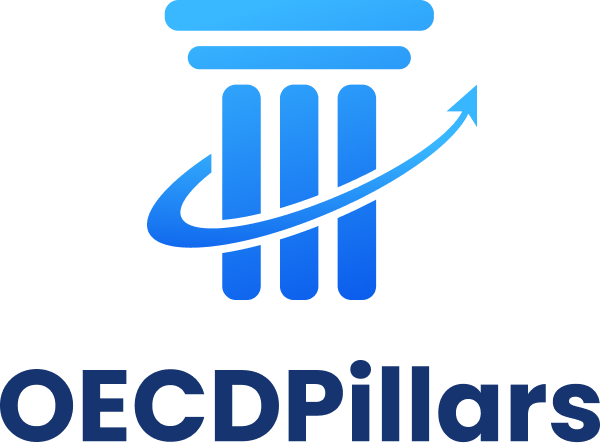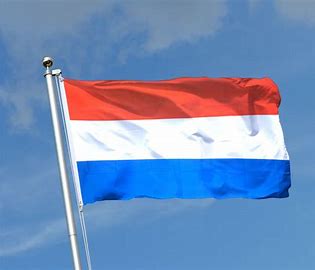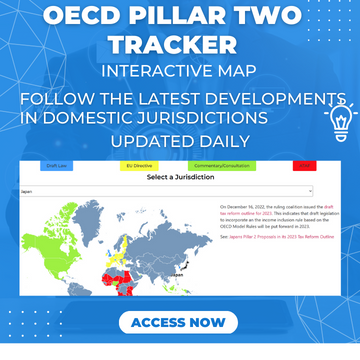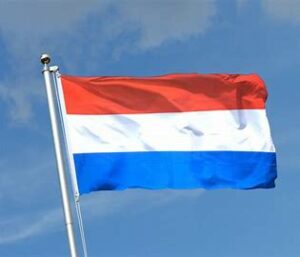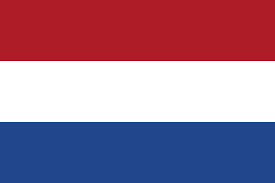- an Entity that is established and operated in a jurisdiction exclusively or almost exclusively to administer or provide retirement benefits and ancillary or incidental benefits to individuals
- regulated as such by that jurisdiction or one of its political subdivisions or local authorities; or
- those benefits are secured or otherwise protected by national regulations and funded by a pool of assets held through a fiduciary arrangement or trustor to secure the fulfilment of the corresponding pension obligations against a case of insolvency of the MNE Group; and
- a Pension Services Entity.
The definition of a Pension Fund therefore includes entities that aren’t subject to regulation as a pension fund but are established to provide retirement benefits which are secured by national regulations.
This could include a self-administered pension funds where the MNE administers the funds for the benefit of its employees.
A Pension Services Entity can also be classed as a Pension Fund and as such qualify for Excluded Entity treatment. A Pension Services Entity is defined in Article 10 of the Model Rules as an entity that is established and operated exclusively or almost exclusively:
- to invest funds for the benefit of the Pension Fund; or
- to carry out activities that are ancillary to the regulated activities carried out by the Pension Fund provided that they are members of the same Group.
Note entities within the second bullet aren’t required to provide services directly to a Pension Fund (unlike entities within the first bullet).
In certain cases, constituent entities that are owned by an excluded entity may themselves qualify as excluded entities (aside from pension service entities).
For this to apply:
• An excluded entity must hold directly or indirectly at least 95% of the value of the entity; and
• The entity must operate ‘exclusively or almost exclusively’ to hold assets or invest funds or carry out activities that are ‘ancillary’ to the activities of the excluded entity.
An entity owned by an excluded entity can also be treated as an excluded entity where at least 85% of the value of an entity is owned (directly or indirectly) by one or more excluded entities (excluding pension services entities), and where substantially all of the entity’s income is dividends or equity gains or losses excluded from the Pillar Two GloBE income or loss calculation.
As such, whilst the Pension Fund and any Pension Service Entities can qualify as Excluded Entities for Pillar Two purposes, any entities owned by a Pension Services Entity would not qualify.
The reason for this is that allowing a Pension Services Entity to establish a further separate controlled entity that qualified as an excluded entity would dilute the intended effect of the rules which are intended to be limited to those controlled entities that carry out functions for the Pension Fund itself.
Tax Transparent UPEs Held By Pension Funds
The GloBE income of the tax transparent entity is reduced by any amounts due to non-group members and
permanent establishments under Article 3.5.1 of the Model Rules. The remainder is then generally allocated to the owners of the tax transparent entity in proportion to their ownership interests.
However, there are special rules that applie where the tax transparent entity is the
Ultimate Parent Entity (UPE) of the group and the holder is a Pension Fund.
In this case, the GloBE income of a tax transparent UPE is allocated to it.
However, the ETR of the UPE may be very low or even nil if it is a tax transparent entity given tax on the income would be incurred by the owners of the UPE and not the UPE itself. Therefore, without further provisions this would lead to a substantial top-up tax obligation for tax transparent UPEs even though the income maybe subject to significant tax in the hands of the owners.
The difficulty here is identifying the tax that the owners incur. Simply allocating taxes to the UPE on the UPE income that was accrued by the owners that are outside an MNE Group would be extremely difficult to apply.
As for the standard allocation rules for tax transparent entities, the amount allocated to the UPE is reduced by any amount attributable to a PE or to non-group interests.
However, Article 7.1 of the Model Rules then provides for a number of reductions in the GloBE income of the UPE.
The GloBE income of the UPE is reduced where the holder is a Pension Fund that is resident in the UPE jurisdiction and it holds ownership interests that, in the aggregate, that are less than 5% of the UPE.
Note that the term “resident” is not the same as “tax residence” as used in Tax Treaties. Entities are resident in the jurisdiction where they are created
and managed.
This reduction in the UPEs GloBE income where the holder is a Pension Fund can be very effective in mitigating any potential top-up tax, as the amount attrbutable to the Pension Fund directly reduces the UPEs GloBE income, which then pushed the ETR up.

